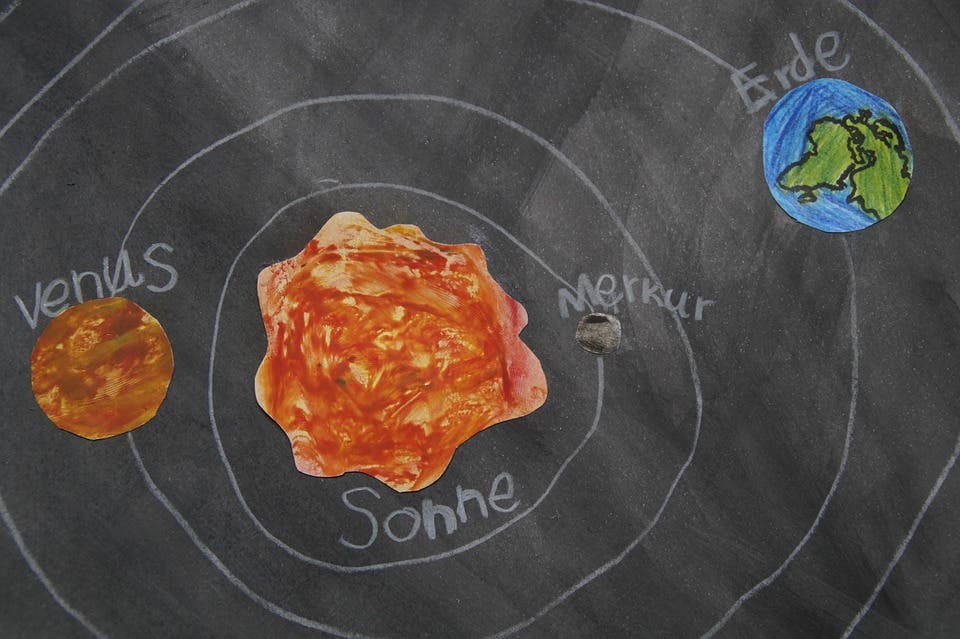Mixing arts into science lessons can help students better retain information and be more creative in their learning process.

Is there a place for arts in science? We’ve tackled this idea before (read about it here and here) and, long story short, we feel the answer is a confident “yes”. A new study supports our view: the team, led by the vice dean of academic affairs for the School of Education at the Johns Hopkins University (JHU), reports that art isn’t only desirable in the classroom — it’s “absolutely needed”.
Rappin’, dancin’, drawin’ science
“Our study provides more evidence that the arts are absolutely needed in schools. I hope the findings can assuage concerns that arts-based lessons won’t be as effective in teaching essential skills,” says Mariale Hardiman, the study’s first author.
Past research has shown that dabbling in the arts helps improve students’ academic outcomes and memory capacity, the team writes. However, it was still unclear whether instructing students on art, incorporating it into lesson plans, general exposure to it, or a combination of these factors, was responsible for the observed benefits.
The team writes that one of the biggest hurdles teachers are facing is that “children forget much of what they learn” in class, so the content of the previous year has to be taught again. The efforts of the current study focused on improving students’ retention of information (specifically science content) through the integration of art in the curriculum.
They followed 350 fifth-grade students in 16 different classrooms across 6 schools in Baltimore, Maryland, throughout the 2013 school year. Each student was randomly assigned in one of two classroom pairs: astronomy and life science, or environmental science and chemistry. The experiment consisted of two sessions, each spanning three to four weeks.
In each session, students first took an arts-integrated class or a conventional class — and switched for the second session. Thus, the team ensured that all students experienced both types of classes and that all eleven teachers involved in the study taught both types of classes.
Art-integrated classes included activities such as rapping or sketching to support learning new terms and expanding their vocabulary. The students also designed collages to separate living and non-living things. In conventional classes, these activities were matched with your regular educational process: reading paragraphs of texts with vocabulary words aloud in a group and completing worksheets.
To estimate how well each approach worked, the team analyzed students’ content retention before, right after, and 10 weeks after the study ended. Those at a basic reading level before the study began showed (a quite surprising) 105% content retention in the long term on average. The authors themselves seem surprised with this result, explaining that :
“The value of 105% […] is an actual value. This value for Basic Readers in the Arts Integrated condition resulted from students demonstrating enhanced retained content on the followup testing beyond what was initially demonstrated on the posttest,” they write in the paper.
So not only did their art-infused approach help students remember the subjects being taught during the study, it helped them better retain content they were later exposed to. The team explains that students remembered more in the delayed post-testing because they kept singing songs they had learned during their art activities. Much like how a catchy tune gets stuck in your head the more you think of it or sing it aloud, these songs helped students hold onto educational content in the long term.
The study also found that students who took a conventional session first remembered more science in the second (art-integrated) session. Students who took the art-integrated session first maintained performance over in the second session. The exact differences between the two groups aren’t enough to be statistically significant, the authors note, but it does suggest that students carry the creative problem-solving skills they learned in arts-and-science classes over to the conventional lessons — and it helps to enhance their ability to learn.
Looking forward, Hardiman hopes that educators and researchers will put their methods to use, which will serve to expand on their study and improve understanding of arts integration in schools. They also say that integrating arts into science lessons could be a very powerful tool for students who struggle the most with skills such as reading, because so much of the conventional curriculum relies on students reading material to learn — so if they cannot read very well, their ability to learn also suffers.
“Our data suggests that traditional instruction seems to perpetuate the achievement gap for students performing at the lower levels of academic achievement,” says Hardiman.
“We also found that students at advanced levels of achievement didn’t lose any learning from incorporating arts into classrooms, but potentially gained benefits such as engagement in learning and enhanced thinking dispositions. For these reasons, we would encourage educators to adopt integrating the arts into content instruction,” .
The paper “The effects of arts-integrated instruction on memory for science content” has been published in the journal Trends in Neuroscience and Education.






